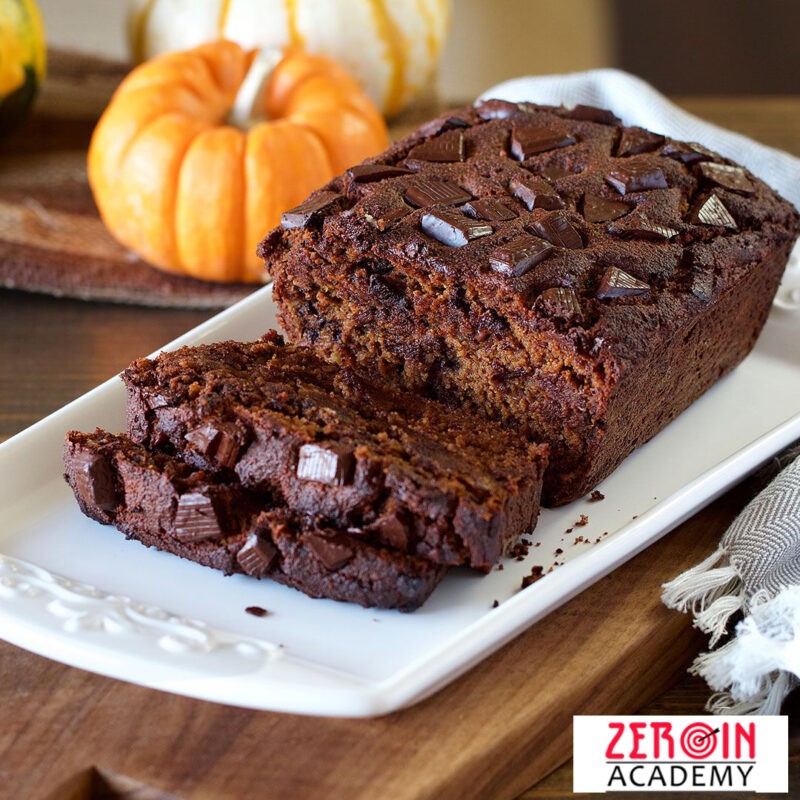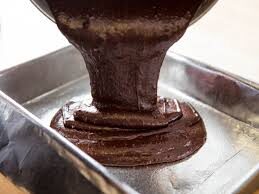Sugar plays a crucial role in baking, affecting not only the sweetness of the final product but also its texture, structure, and overall quality. Understanding the impact of sugar is essential for achieving the desired results in your baked goods. Here are several key ways in which sugar influences your baking:
Sweetness and Flavor Enhancement:
Sugar is primarily known for its ability to add sweetness to baked goods. It enhances the flavour profile, balances other ingredients, and can bring out the natural tastes of ingredients like fruits, chocolate, or spices. Baking Classes in Chennai say that The level of sweetness can vary depending on the amount of sugar used, allowing for customization of taste.
Moisture Retention:
Sugar has hygroscopic properties, meaning it attracts and holds moisture. In baking, sugar helps to retain moisture, keeping your cakes, cookies, and breads moist and tender. The sugar in the recipe helps prevent baked goods from becoming dry and stale, prolonging their shelf life.
Caramelization and Browning:
When exposed to heat, sugar undergoes a chemical reaction called caramelization. This process creates a golden brown colour and develops complex flavours, enhancing the taste and appearance of baked goods. Caramelization is responsible for the appealing crust on bread, the golden colour of cookies, and the rich flavour of caramel or toffee desserts.
Texture and Structure:
Sugar affects the texture and structure of baked goods. Sugar is often combined with fat during the creaming process, incorporating air into the mixture. This aeration creates a lighter and more tender texture in cakes, cookies, and pastries. At Cake Baking Classes In Velachery it is taught that sugar also helps to stabilise and add volume to whipped egg whites, resulting in fluffy meringues or soufflés.
Moisture Absorption and Softness:
In addition to retaining moisture, sugar absorbs water, contributing to the overall softness of baked goods. This is particularly important in cookies and cakes, as sugar helps maintain a tender and chewy texture. The sugar balance in the recipe determines the softness desired in the final product.
Shelf Life and Preservation:
Sugar is a natural preservative in baked goods by reducing water activity. Lower water activity inhibits the growth of microorganisms, increasing the shelf life of your creations. Cookies, cakes, and other sugary treats can last longer due to the antimicrobial properties of sugar.
Leavening and Structure Control:
Sugar interacts with leavening agents like baking powder or baking soda to create the desired rise in baked goods. When combined with these leavening agents, sugar helps produce carbon dioxide gas, resulting in a light and airy texture. It also affects gluten development, influencing the structure and tenderness of the final product.
Browning and Crust Formation:
Sugar contributes to developing a crisp and desirable crust on certain baked goods, such as pies or tarts. It aids in the Maillard reaction, which occurs during baking and produces a browned, flavorful crust.While sugar adds many desirable qualities to baked goods, it’s important to strike a balance in its usage. Excessive sugar can overpower other flavours and lead to overly sweet treats. It’s essential to consider personal preferences, health concerns, and dietary restrictions when incorporating sugar into your baking.
Best Baking Classes in Chennai concludes by stating, sugar is not just a sweetener but a versatile ingredient that significantly impacts baked goods’ taste, texture, moisture, browning, structure, and shelf life. Understanding the role of sugar allows you to make informed choices, resulting in delicious and well-crafted creations.

